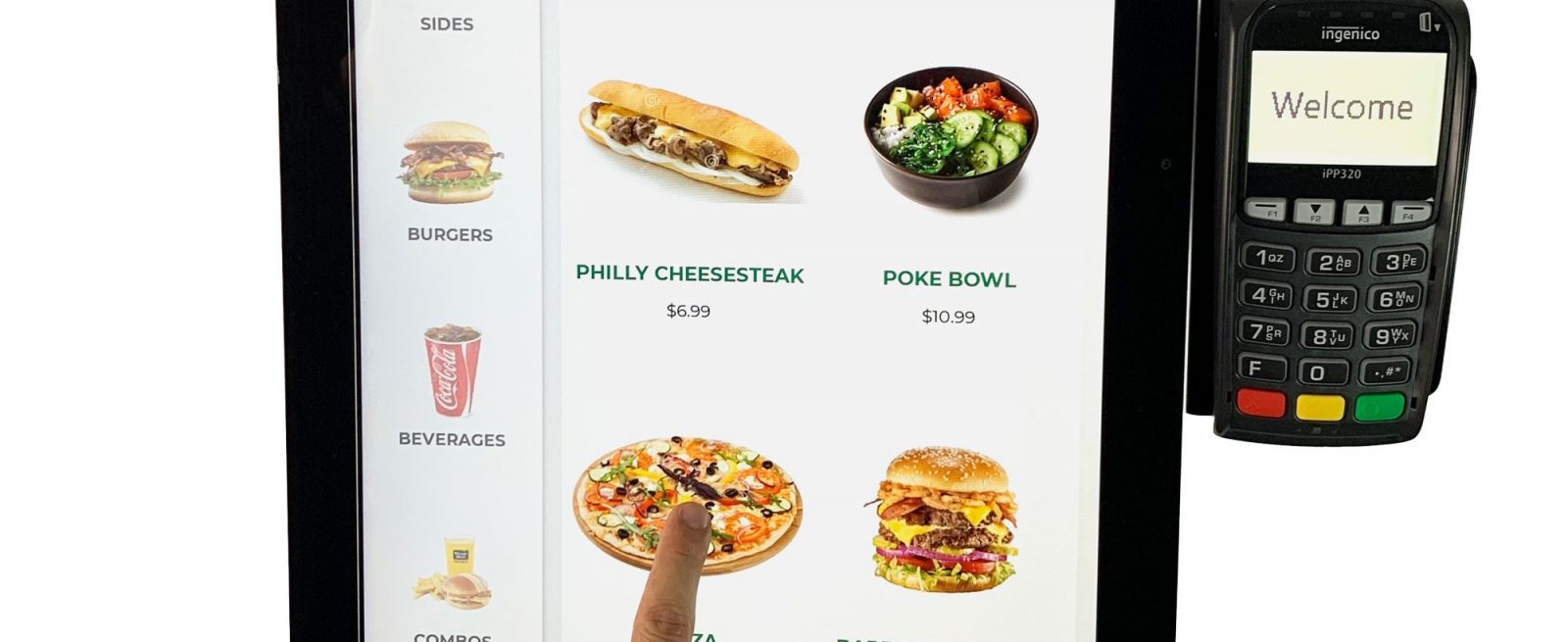Are Kiosks Safer During Coronavirus Outbreak?
3 Min Read By Sam Zietz
Kiosks are coming to restaurants in virtually every community—and sooner than many of us predicted.
Until very recently, our company believed that kiosks would go mainstream in two to five years. The coronavirus has sped up the pace of adoption dramatically, and with the pandemic spreading, we are getting more requests than ever to install them at all types of restaurants.
One reason kiosks are catching on so quickly is restaurants need to get things done. City and state mandates have limited restaurants in some cities to takeout and delivery to prevent the spread of the virus. As a result, many restaurants have been forced to lay off all or some of their dining room staff. They are operating with skeleton crews. A kiosk lifts the responsibility for taking orders from the existing team, so they can attend to other duties.
Using a kiosk creates social distance.
Using a kiosk also creates social distance. No longer does a customer have to worry about catching the coronavirus from a member of the dining room staff who isn’t aware they’re carrying the virus. It’s easy for a restaurant to clean a kiosk with alcohol between customers or to make wipes available so patrons can do so themselves, giving them a greater feeling of safety.
At a time when some consumers are so fearful of catching the virus that they’re wearing gas masks to the grocery store, some restaurants have even created what we call a synthetic drive-through using kiosks. Merchants wheel the kiosk outside the restaurant so customers can place orders outside. The waitstaff brings the food out to their car when it is ready.
In either scenario, there’s another benefit to using kiosks: No one has to handle cash—the dirtiest thing in many restaurants. Customers can pay by credit or debit card at a terminal.
There’s another benefit to using kiosks: No one has to handle cash—the dirtiest thing in many restaurants.
Kiosks can ultimately reduce payroll costs, as well. Given that many restaurants will be hurting for months to come after operating without dine-in customers, those savings will be essential to survival. Kiosk software costs are under $200 a month, and it can easily save a small restaurant $4,000 to $6,000 a month on labor costs. Kiosk hardware can be leased or financed and paid for gradually, so the restaurant does not have to bear a large capital expenditure. It doesn’t take long to put a kiosk into play. We’ve deployed them for our small business customers in a few days.
Kiosks can also help a restaurant bring in more revenue. Customers tend to place larger orders when they enter them into a kiosk than they do when placing a verbal order with a cashier or hostess. One Asian restaurant we worked with saw a 38 percent increase in kiosk orders, even when it was suffering a dramatic decrease in processing orders. Looking beyond the current recession, this will be a long-term economic benefit.
Will every restaurant use kiosks someday? Probably not. They’re not ideal for a fine restaurant where the service is part of the experience, like a high-end steakhouse, where customers still want the personal touch when they go out for a special occasion.
Still, for many restaurants kiosks are going to be an important answer to the question of how to survive and grow in the post-coronavirus environment. It won’t be a question of if they adopt kiosks but rather when the kiosks arrive.


